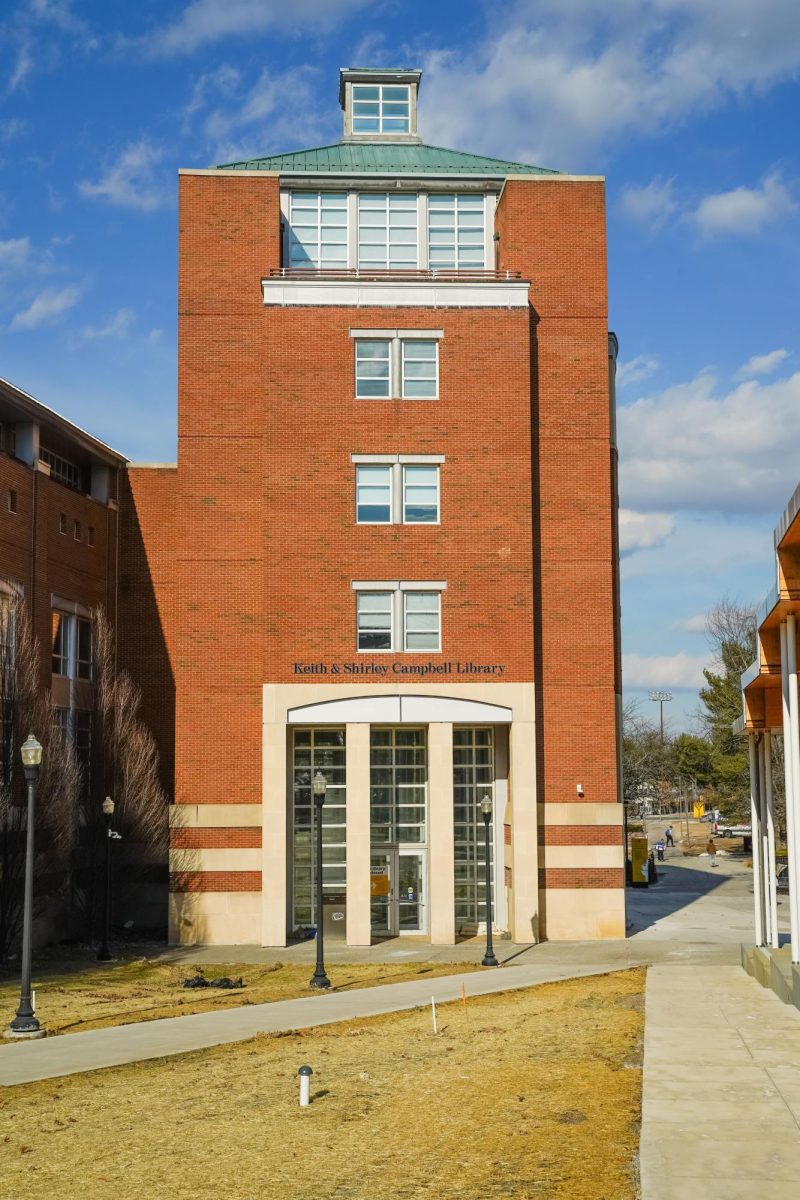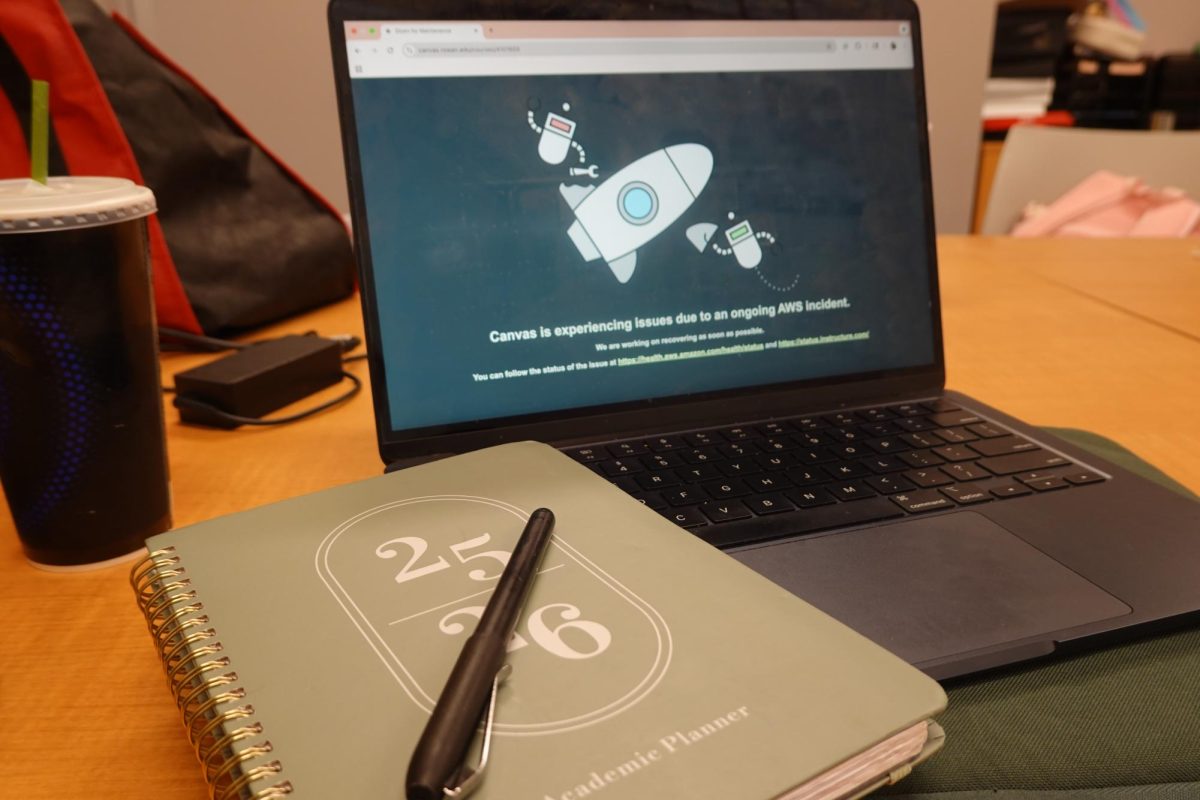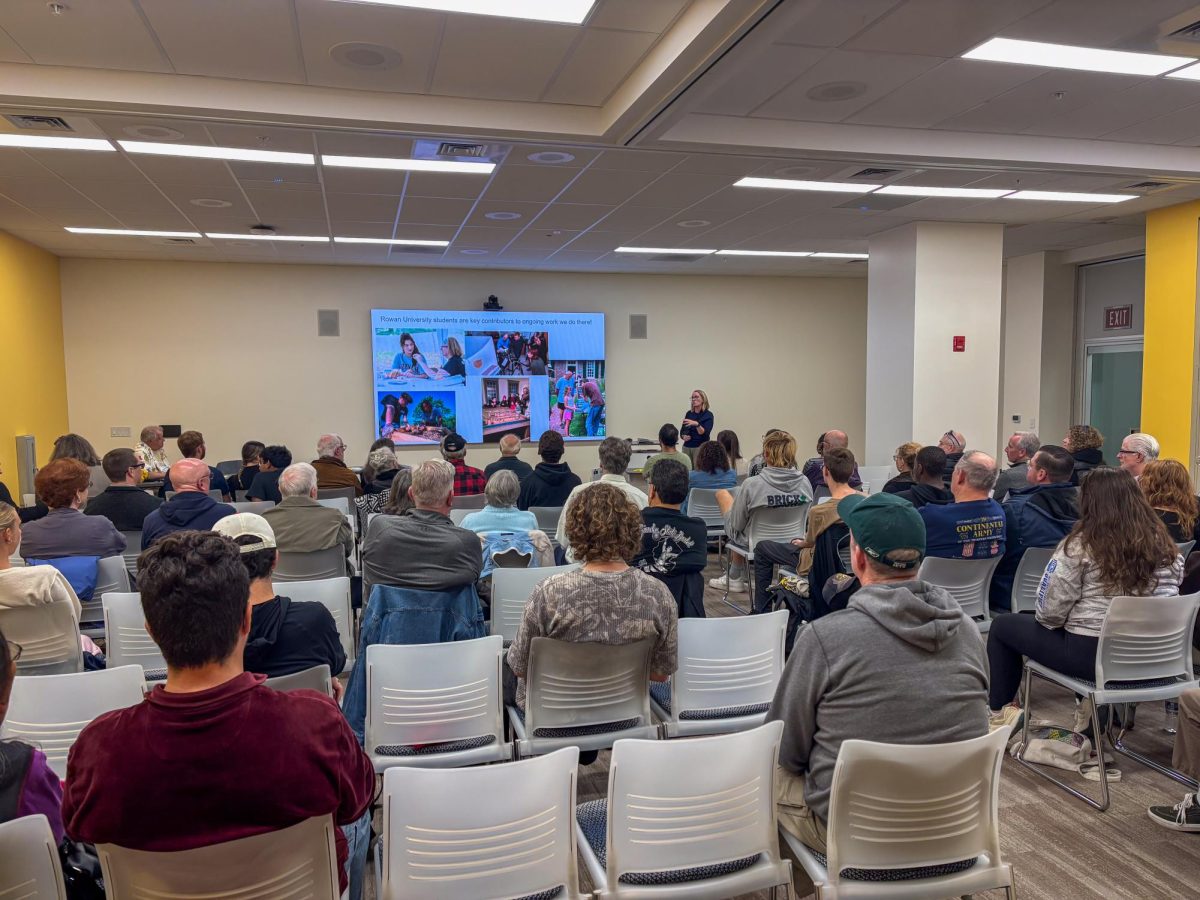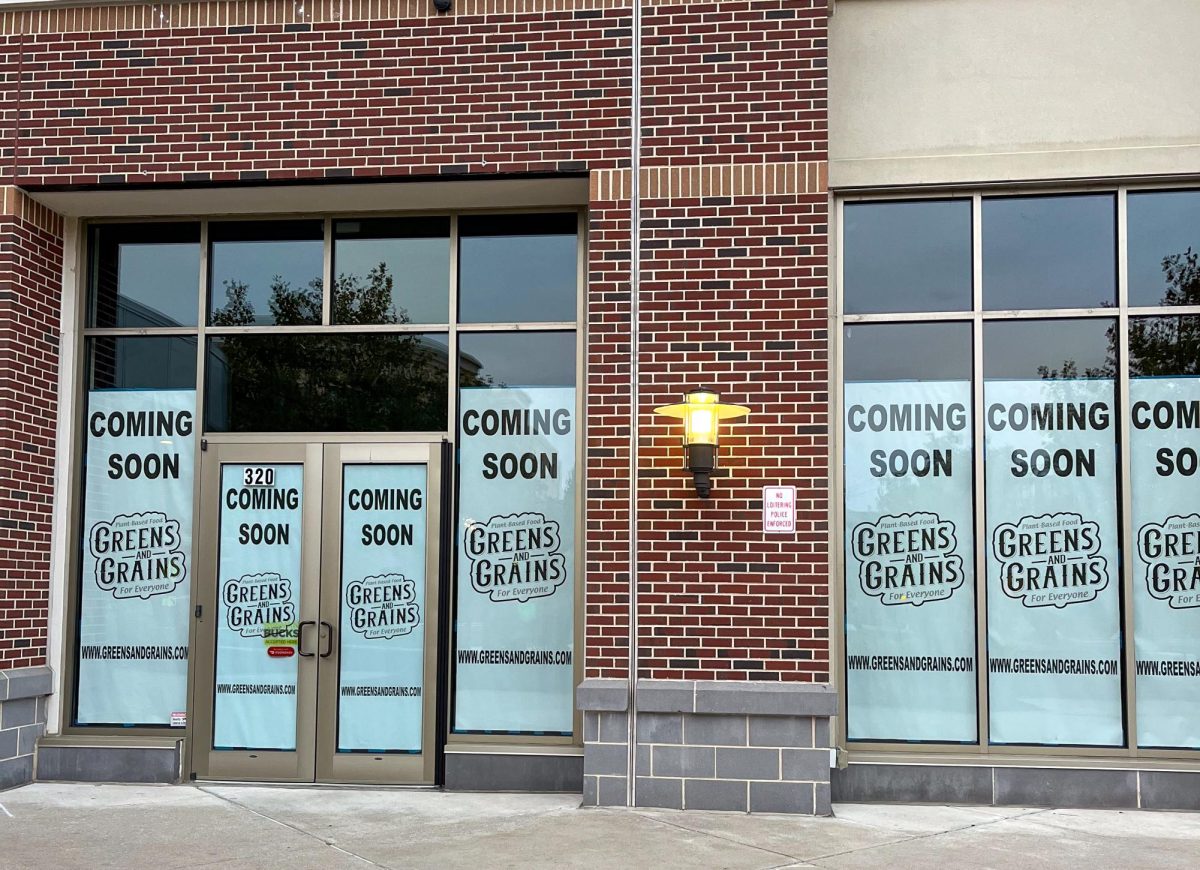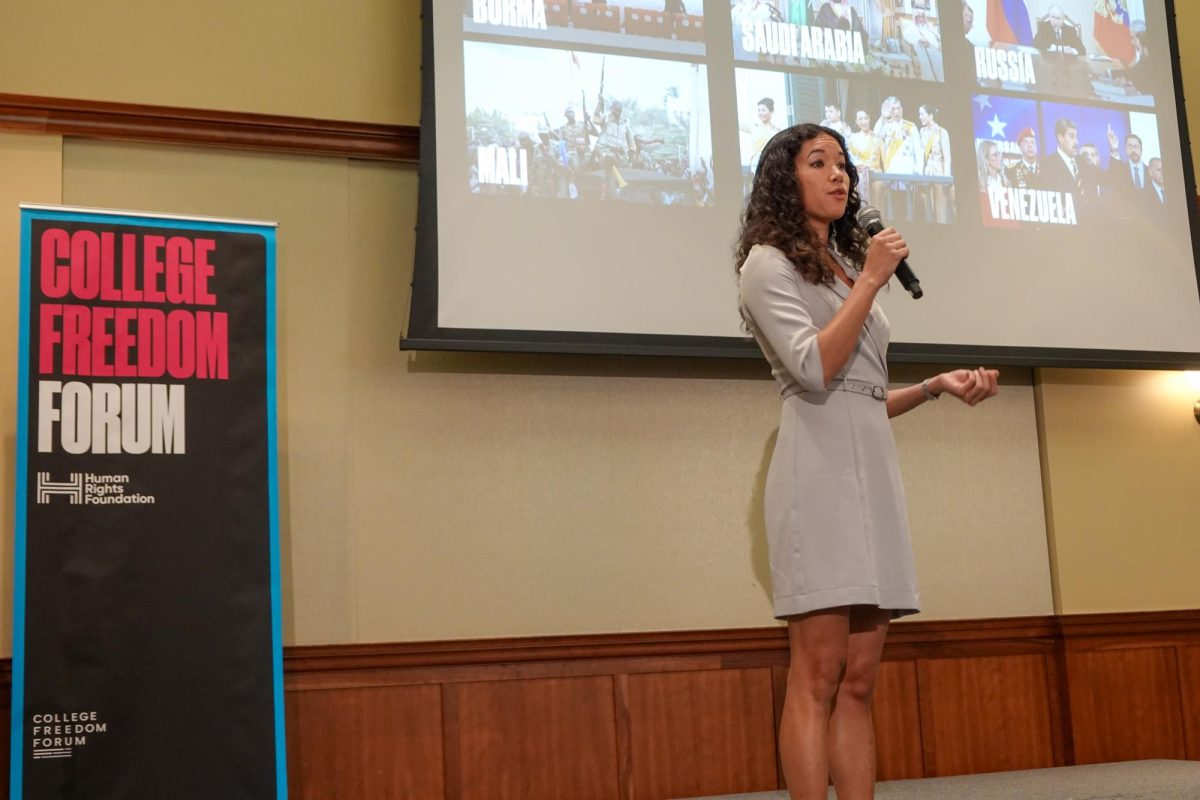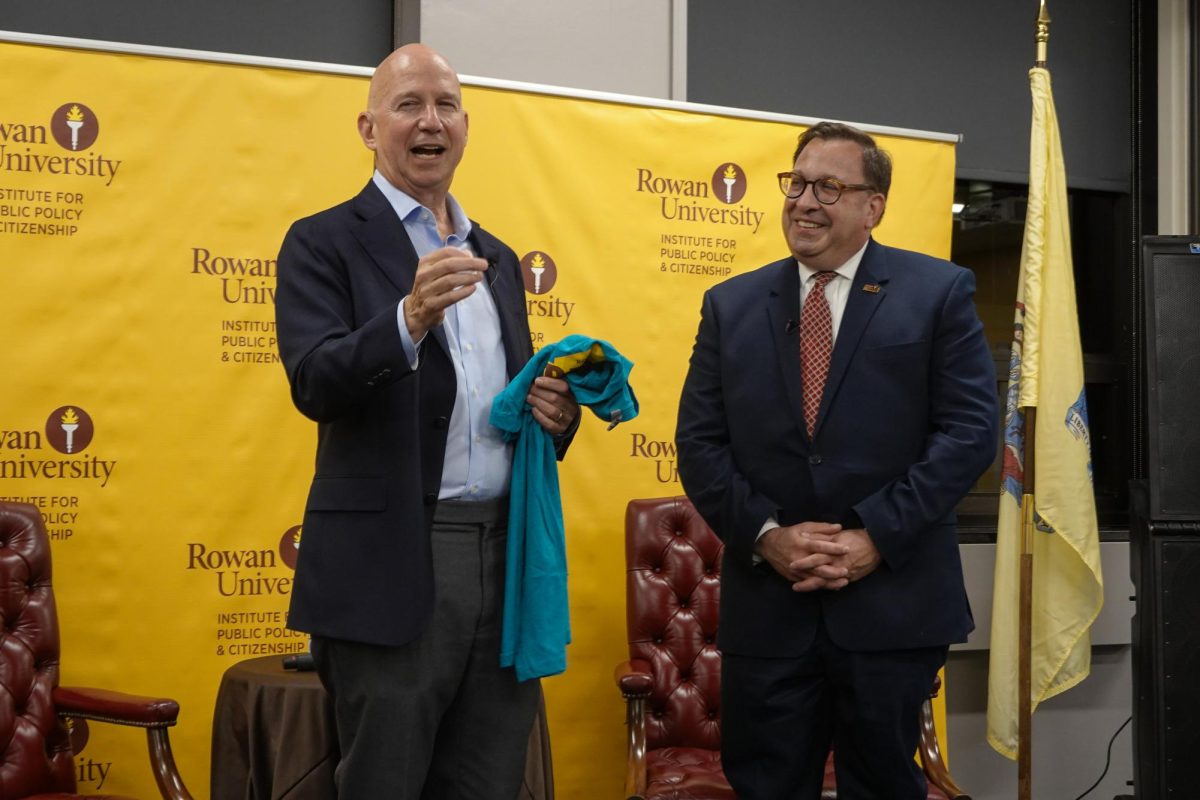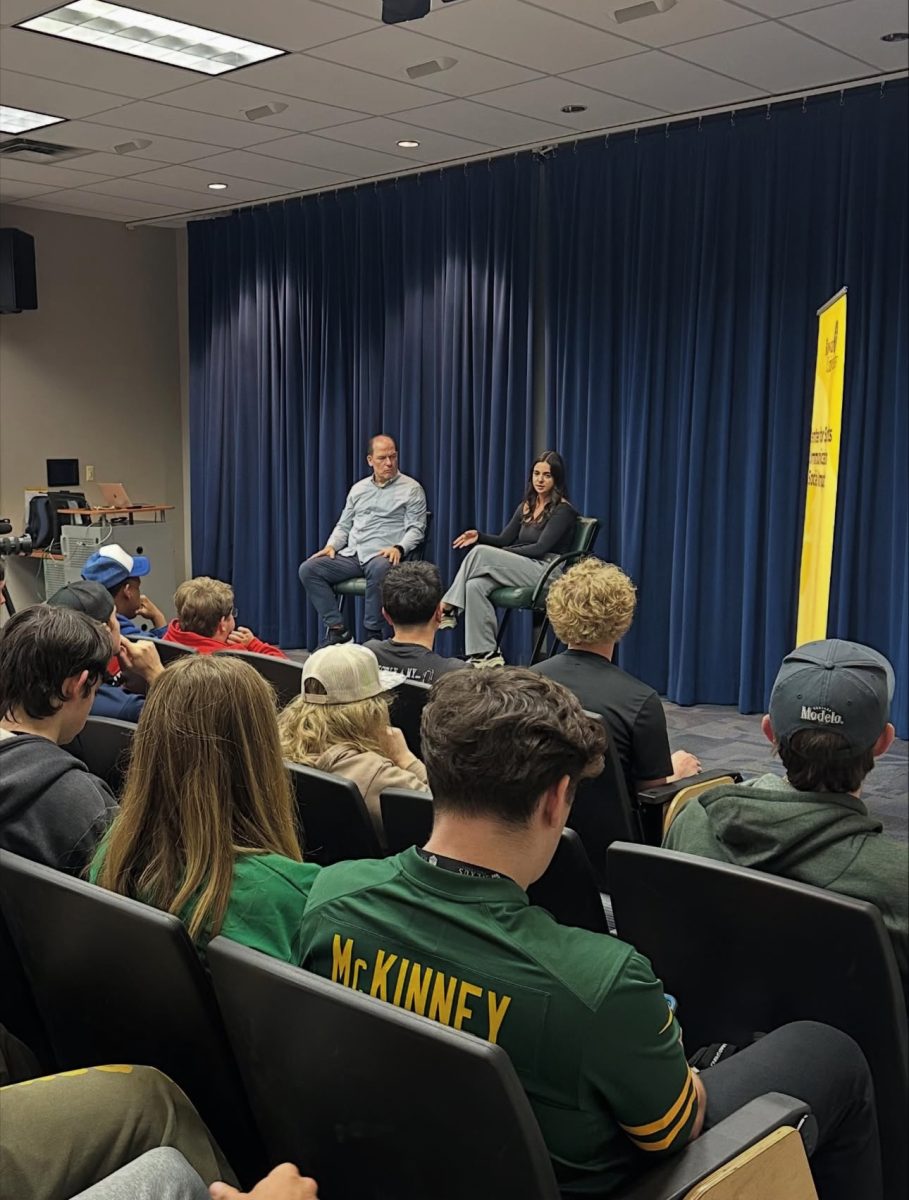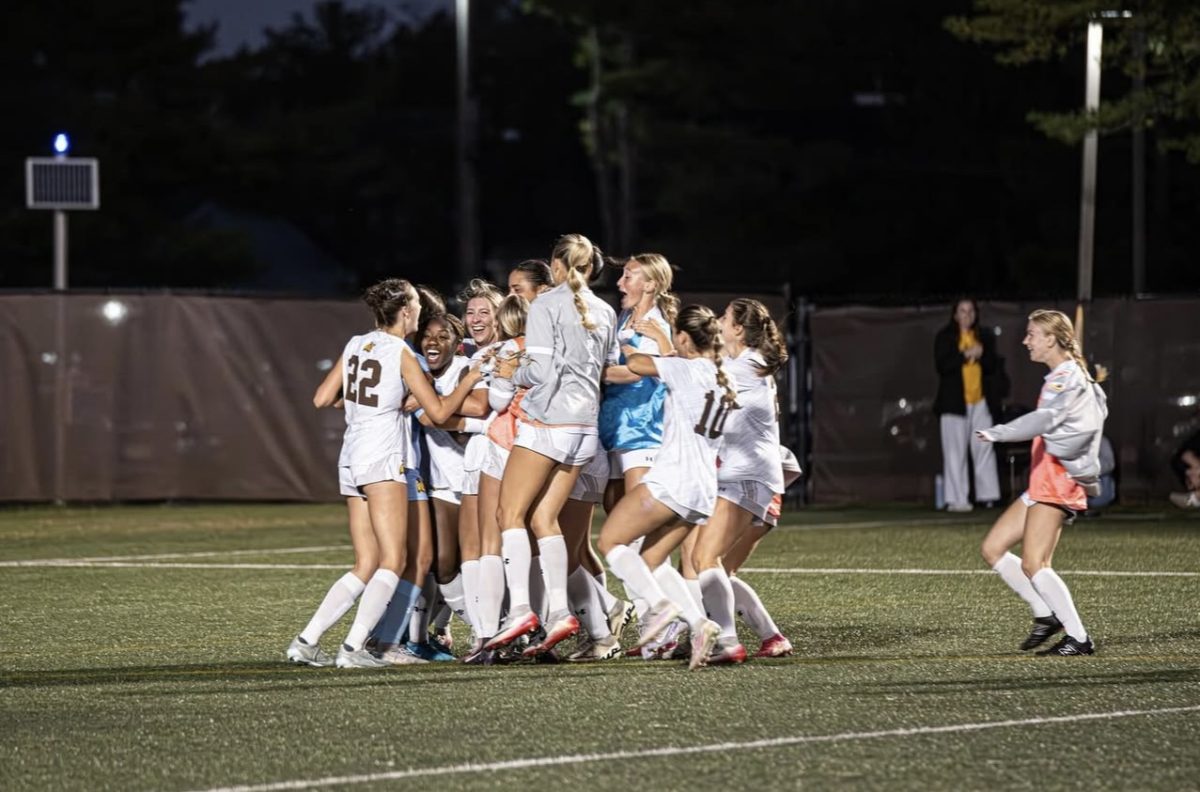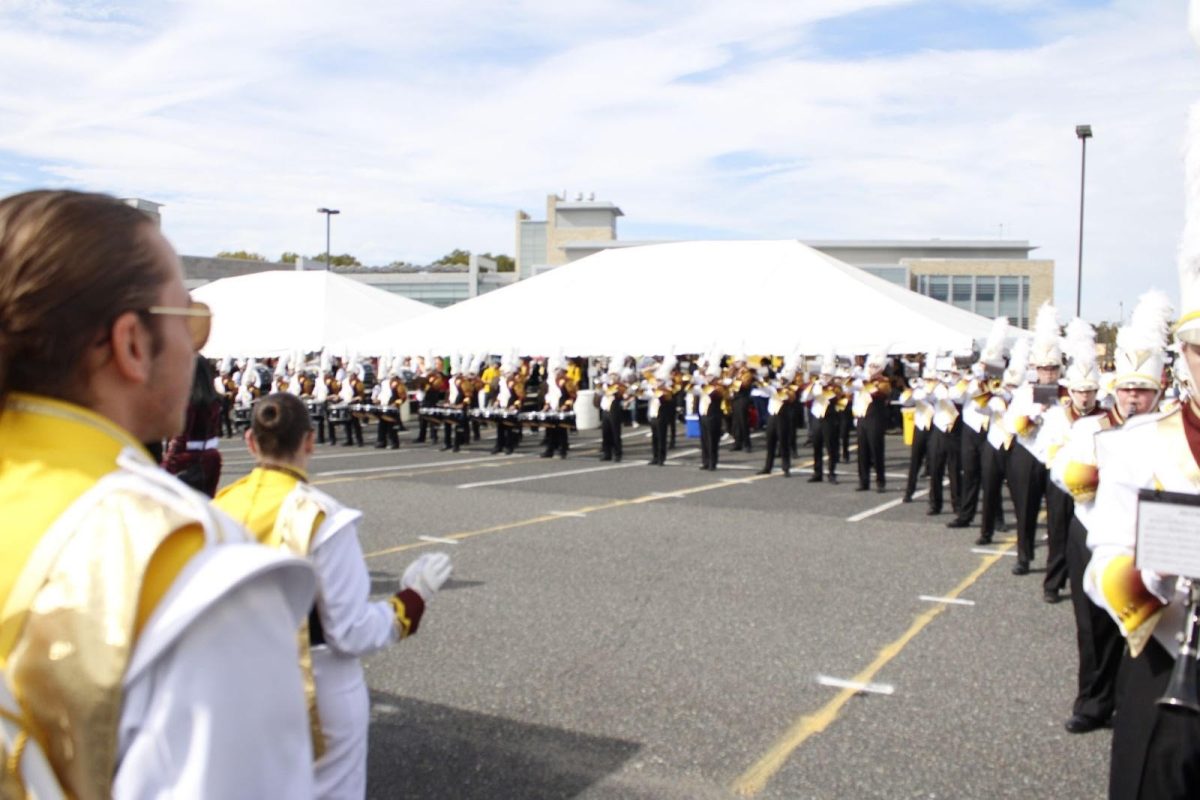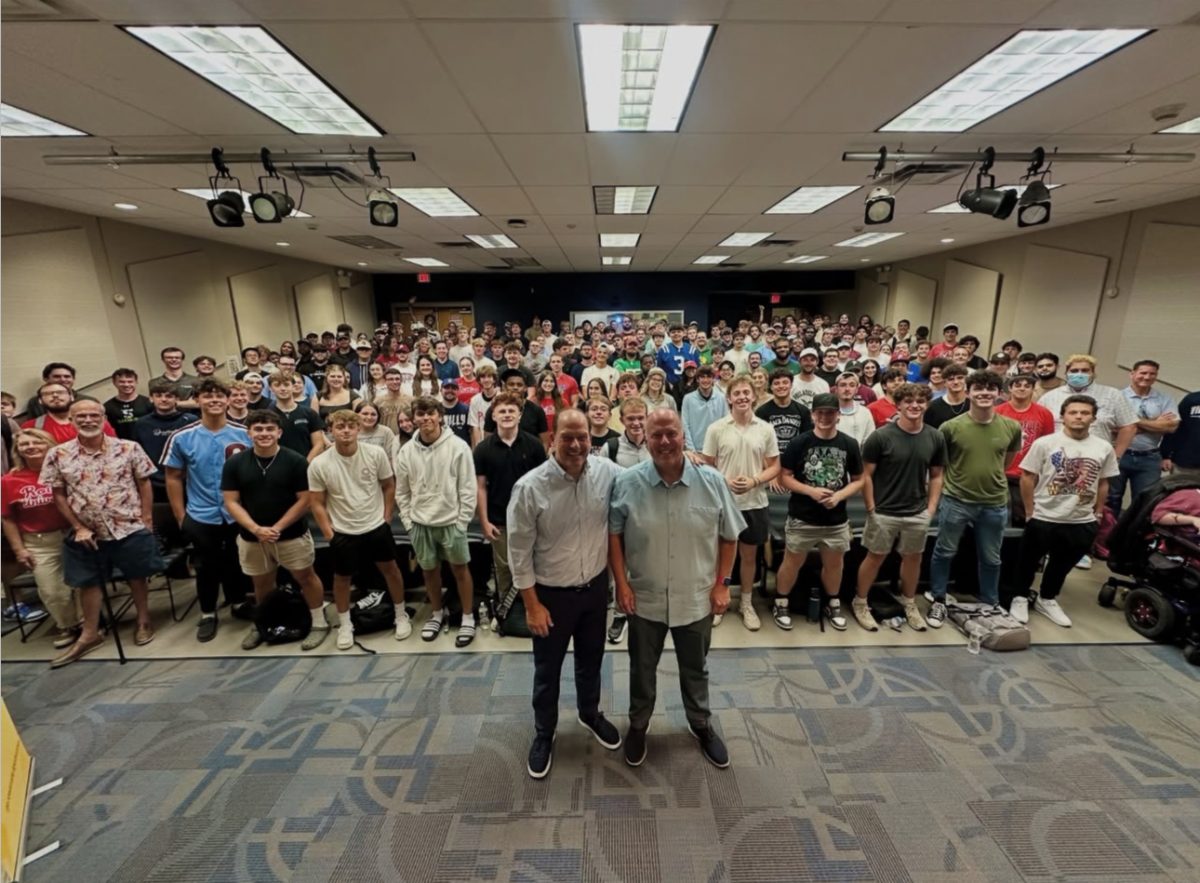Since 1938, The Whit has existed as a means to document the Rowan University experience. Through good and bad, and through success and failure, the paper exists as more than just a place for camaraderie and a crash-course for journalism; its purpose is to serve as a tool of recollection and reminiscing. More than anything, this paper’s purpose is to document the slow, painstaking and rewarding progress of change.
In 2013, the once tiny, all women’s school, existing on a donated 25 acres, took on an initiative to expand enrollment opportunities to more students in the state, as well as for those outside of New Jersey. With 9,348 students in the fall of 2013, the university took on the heavy task of increasing enrollment by 30 percent—to 12,000—by the year 2023.
Today, in 2015, Rowan’s enrollment is at 11,710. Two years into its mission to bring educational opportunities to those who will to have it and the goal has almost been met. On face value, increasing enrollment numbers looks great, especially since President Ali Houshmand has boasted the increasing quality in the crops of applicants, every year. However, growth does not come without pains.
The Glassboro campus has a major housing shortage, as a majority of students are currently living in tripled dorms, not only taxing the university’s dormitory facilities, but the condition of its Resident Assistant employees. Next year’s Holly Pointe Commons hopes to address this housing shortage, but if enrollment is only going up, is the problem of admitting too many students really solved? It seems that we’re only putting another bucket under the leak, rather than attempting to tighten the faucet.
While another food court is being built in the new dorms, is student traffic really being directed to the new facility, or is it more likely that the facility will mainly serve those who live above it, leaving stress on the current food system at the same level? The Chamberlain Student Center is considered the main food hub on campus because of its central location and easy access to educational buildings.
The campus is awaiting the completion of its new business and engineering buildings, which will hopefully handle the classroom shortage on campus. Much of the facilities in the new engineering building will probably be reserved for engineering students only, leaving just the business building for additional classroom space. Again, if enrollment continues, aren’t we just running out of buckets?
While these issues seem small when expressed as a sentence in an editorial, every Rowan staffer, student, professor and executive is impacted by what’s currently happening on this campus. Expanding education to those who wish to better themselves can be considered a good idea, and while change is simply change, maybe we’re growing just a little too fast?
This sentiment is not only felt by members of The Whit staff, but can be read in the faces of students on this campus, who feel that their educational experience is being put on hold for the sake of a better future, one they will be too grown up to be a part of. It’s in the pages of our paper. It’s also felt by some on the Board of Trustees. A Courier-Post article has a clip of one board member expressing that maybe the university is moving a little too fast.
The Whit isn’t in any position to declare change good or bad, especially as we students are in the midst of finding our own moral compass. All The Whit can do is vocalize the experiences of students in the hopes that someone out there is listening, and can ensure that the change is not harder than it should be, and that change shouldn’t be at the expense of those financing their futures.



